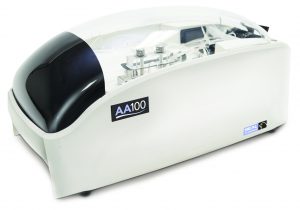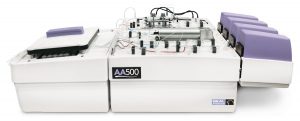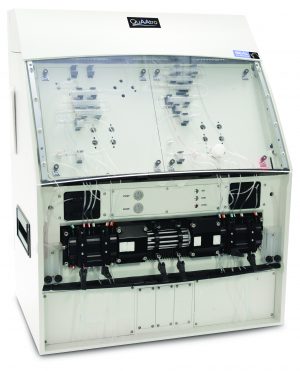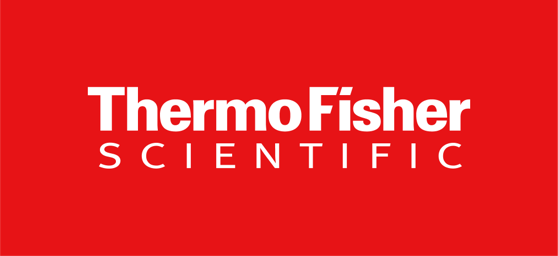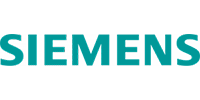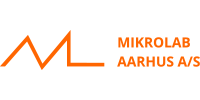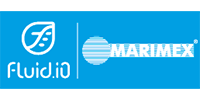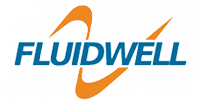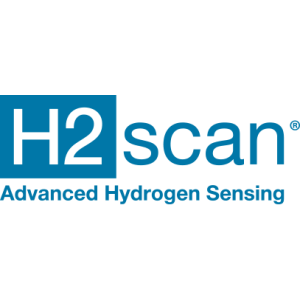AutoAnalyzer
When you strive for the highest possible precision, minimal detection limits and outstanding robustness, it's time to explore AutoAnalyzer and Segmented Flow Analysers (SFA). With over 1000 different applications available in our extensive method library, we have the perfect solution for your unique needs.
- System Solutions
- Gas Analysis
- Liquid Analysis
- Flowmeters
- Pressure Gauges
- Level Gauges
- Temperature Gauges
- Laboratory Analysis
- Data Loggers
- Regulators
More information
Best of all, our SFA instruments offer unrivalled levels of automation with features such as dilution syringes, reagent valves and a pump cap that autonomously raises and lowers itself. Whether you are a small, medium or large laboratory, we have customised systems to suit your needs and requirements.
✅ First-class detection limits: Our instruments offer the best detection limits on the market and wide measurement ranges that adapt to different sample matrices.
✅ World-class automation: Experience seamless automation with features such as automatic dilutions and easy start-up and shutdown (including instrument cleaning).
✅ Environmental considerations: Our instruments are designed with environmental analysis in mind, emphasising minimal reagent consumption and energy efficiency.
How does it work?
SEAL Analytical's segmented flow instrument is an advanced analytical solution that streamlines chemical analysis for optimal accuracy and efficiency. The distinctive feature of this technology is its ability to dose and mix samples and reagents in segmented flows, ensuring maximum mixing and accuracy for each individual analysis.
✅ Careful dosing and mixing: By mixing samples and reagents in segmented streams, the instrument ensures optimal mixing and reaction conditions.
✅ LED light sources: These light sources provide an outstanding light-to-noise ratio, contributing to increased accuracy. They are also energy efficient and have a long lifetime, reducing operating costs and environmental impact.
✅ Automated dilutions and cleaning: The design of the instrument reduces the risk of human error and increases the efficiency of the analysis.
✅ Flexible sample management: Adaptable to different sample matrices, making it suitable for a variety of applications, including environmental analysis and chemical research.
Areas of use
Overall, the instrument can be used in a wide range of application areas and handles a diversity of parameters in different sample types.
We work with recognised standards such as ISO, CORESTA, EPA, ASTM, UKAS and others.
Here is a summary of its uses:
✅ Water analysis: Ideal for analysing water samples from a variety of sources, including drinking water, surface water (lakes, rivers), groundwater (boreholes), wastewater and seawater. Measures parameters such as alkalinity, ammonia, chemical oxygen demand, chloride, chromium, cyanide, fluoride, hardness, phenol, phosphate, nitrate, nitrite, silicate, sulphate, total Kjeldahl nitrogen, total Kjeldahl phosphorus, total phosphorus, total cyanide, DOC (dissolved organic carbon), surfactants, manganese and iron.
✅ Soil and plant analysis: Used to analyse soil samples and extracts from plant material. Measures parameters such as nitrate, phosphate, ammonia, total nitrogen, total phosphorus, potassium, calcium, magnesium, nitrite, sodium, boron and urea.
✅ Animal feed: For analysing animal feed, measures parameters such as protein (such as ammonium nitrogen after decomposition), phosphorus, calcium and potassium.
✅ Food analysis: Used in the food industry to analyse parameters such as nicotine, total sugars, reducing sugars, ammonia, volatile bases, nitrate, chloride, phosphate, urea, cyanide (in smoke), formaldehyde (in smoke).
✅ Milk: Used for analysing parameters such as acetone, lactate, lactose, nitrate, pyruvate and urea in milk.
✅ Beer and malt: Used to measure parameters such as bitterness, diacetyl, amino nitrogen and amylase in beer and malt.
✅ Wine: Used for the analysis of free and total sulphur dioxide, reducing and total sugars, volatile acidity, lactic acid and malic acid in wine.
✅ Meat: For the measurement of parameters such as nitrate, nitrite, chloride, calcium, phosphorus and hydroxyproline in meat samples.
✅ Soft drinks: Used to analyse parameters such as phosphoric acid, benzoic acid, carbon dioxide, sugar, caffeine, saccharin and sorbic acid in soft drinks.
✅ General chemical and pharmaceutical analysis: Used in a variety of applications, including the analysis of vitamins, protein, calcium, phosphorus and iron.
✅ Chemical and pharmaceutical analysis: Used to measure parameters such as phosphate, total phosphorus, surfactants, enzymes, silicate and carbonate in detergents.
✅ Fertilisers: For the analysis of ammonia, nitrate, potassium, urea, sulphate, calcium, total nitrogen and phosphate in various solubilities in water and citrate.
✅ Antibiotic production: Used to measure penicillin, sugars and ammonia in antibiotic production.
✅ Chlor-alkali industry: For the analysis of sodium hydroxide (NaOH), sodium chloride (NaCl), sodium hypochlorite (NaOCl) and sodium chlorate (NaClO3).
✅ Boiler water: To measure low levels of silicate, copper and iron in boiler water.
The instrument offers a wide versatility and can be used in a variety of industries and analytical scenarios, making it a valuable tool for accurate chemical analyses.

